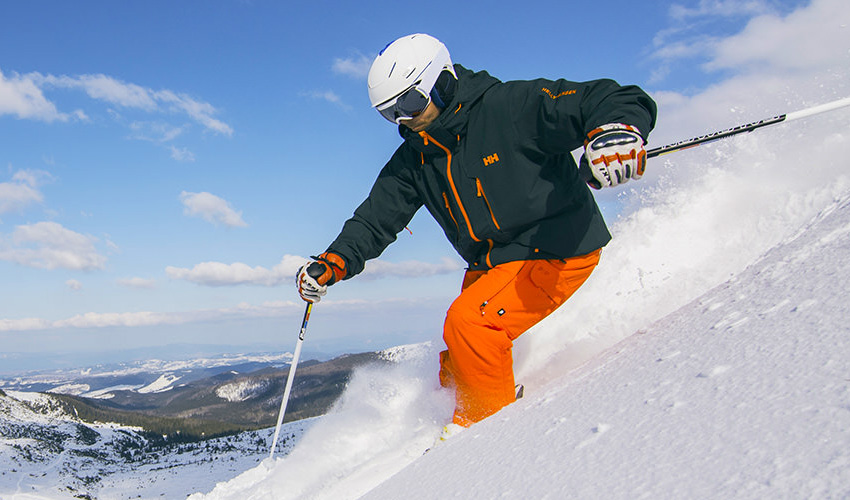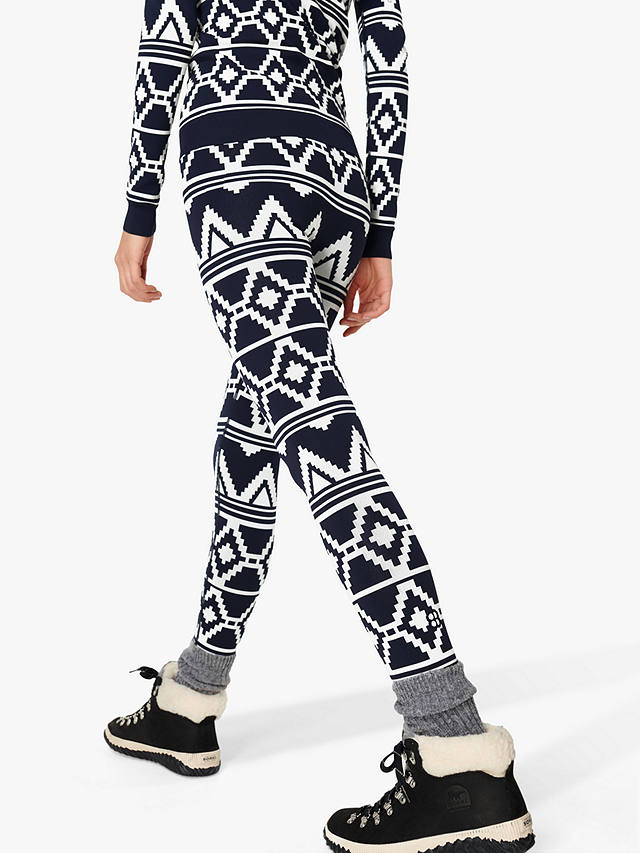Good News For Deciding On Merino Wool Base Layers For Hiking
What Are Merino Sheep Breeds? How Are Their Distinctive Traits And Characteristics Different?There are a variety of Merino breeds of sheep, each with their own characteristics and unique characteristics. These are the most well-known Merino sheep breeds, and their distinctions. Spanish Merino- This Merino breed is the oldest and is most popular for its high production and its fine wool. The breed is able to adapt to a variety of climates and has a high resistance to diseases.
American Merino- American Merino is also known as the American Merino, was developed in America in the 19th Century. It is renowned for its high-quality wool and hardiness. This breed is able to endure a variety of common sheep diseases and is well-suited to cold climates.
Saxon Merino - This Merino shearer is a specific fine-boned Merino and is well-known for its soft, fine wool. This Merino is smaller than other Merino breeds and is well-suited to hot and dry environments.
Peppin Merino -- The Peppin Merino breed is an Australian breed that was first introduced in the 19th Century. This breed is well-suited for the hot, dry climate of Australia because of its premium wool.
Rambouillet Rambouillet Rambouillet is one of the Merino breed that was first developed in France during the 18th Century. The breed is well-known for its ability to adapt to various environments. Rambouillet wool tends to be coarser than the other Merino species, however it's still very prized for its exceptional quality.
Polwarth is a Polwarth is an Merino sheep breed that was created in Australia towards the end of the 19th century. The breed is renowned for its soft, lustrous and warm wool. It is especially suited to the cooler, humid conditions of the southern part of Australia.
Overall, the unique characteristics and traits of Merino sheep are determined by the breed they belong to and the setting in which they are raised. Breeders often select for specific qualities like fine wool, hardiness and adaptability to make innovative Merino breeds that are suited to various environments and uses.

How Do 3/4 Length 3/4 Length, Long Sleeve, Hooded, Zip-Neck Merino Wool Base Layers Differ?
There are a variety of Merino wool base layers. These include 3/4-length, long sleeve (hooded) zip-neck, long sleeve and hooded. This article will highlight the distinctions between the four types and help you select the best 3/4 length Merino Wool base layer. They are made to offer warmth, comfort and support the lower part of the body without adding bulk. This type of base layer is suitable in both cold and warm weather. It is suitable to wear under shorts or longer pants. They are ideal for activities that require extra warmth but aren't full-length.
Long Sleeve Merino wool layers with base layers of long sleeves are designed to provide warmth for the upper part of the body. They are available in a variety of weights, and are an excellent choice for cool weather. You can wear long-sleeve base layers for low- or moderate-intensity activities, where you might require a little more warmth.
Hooded Merino wool base layers are designed to offer warmth and protection from the elements. These base layers typically have a hood with a built-in hood that can be worn over a helmet or any other headgear. Hooded bases are perfect for any activity where you could be in the presence of cold or winds.
Zip-neck Merino sheep wool base layers were designed to control temperature and provide airflow. They generally have a zippered neckline that can be closed or opened depending on the weather conditions. If you are involved in activities that require quick temperature control, such as high-intensity sports, zip-neck base layers can be a great choice.
You should consider factors like weather conditions, level of activity as well as your personal preferences when selecting the appropriate Merino wool baselayer for you. Base layers of 3/4 length are perfect for moderate to cool climates and long-sleeved base layers are ideal for colder weather. Hooded layers offer extra protection against cold and windy conditions. Zip-neck base layers are great for those activities in which your body requires to manage the temperature swiftly. Be sure to ensure that the base layer is well-fitted and allows for full motion. Go where to find merino wool base layers near me for more recommendations.

How Do You Pick The Best Ski Base Layer When You Mix Merino And Himalayan Yakwool?
When choosing the ideal base layer ski combination that includes Merino wool and Himalayan yak wool There are a variety of things to think about. These are the most important factors to consider. Weather conditions- Think about the temperature and the weather conditions that you'll be skiing in. Base layers that have more insulation may be recommended if you are experiencing extreme cold. For example one made from Himalayan Himalayanyak wool. If the weather is warmer and the temperature is more moderate, a thinner Merino wool base layer might be more appropriate.
Activity level - think about your level of activity, and the amount of sweat you create. Merino Wool, which has good moisture-wicking qualities, might be the best option when you sweat a lot.
Comfort- Choose the base layer that's both comfortable and snugly fitting. Choose bases that are made to move with you, and provide a full range of movement. It is best to avoid base layers that feel restricting or restricting or. This can create discomfort and limit mobility.
Individual preference: The selection of the most effective base layers depends on each individual. Some prefer thicker layers of insulation, while others prefer a thinner layer. Explore different combinations to discover what is most effective for your needs.
Overall, the most effective ski base layer mix consisting of Merino wool and Himalayan Yak Wool will depend on your personal needs and the specific conditions you'll be ski-ing in. Think about the weather, levels of activity, comfort, and personal preferences to find the right base layer for you. Go hiking mid layer blog for more tips.

What Are The Reasons To Choose Merino And Himalayan Yak Wool Over Other Fabric For Ski Clothing?
Merino and Himalayan wools are fantastic choices for ski clothing. Warmth - Merino and Himalayan wools are both extremely efficient insulators. They are able to keep you warm even in the coldest weather. They are light and comfortable and offer excellent insulation.
Moisture management- Merino wool as well as Himalayan yarn are both highly effective at managing moisture, which means they will keep you comfortable and dry when you're out skiing. Both fabrics are naturally moisture-wicking, which means they draw water away from your skin, and then transfer it into the outer layers of the fabric, where it is able to evaporate.
Breathability- Merino wool as well as Himalayan Yak wool are both extremely breathable, which means they allow air to circulate through the fabric, which helps regulate body temperature and prevent overheating. This is important when you are wearing ski gear, since it lets you be comfortable while you ski.
ComfortIt is a comfort Merino and Himalayan wools are both extremely soft and comfortable. They are able to be worn close to the skin. They are also highly flexible and stretchy, which means they move with your body and allow for an entire range of movement.
SustainabilityThe sustainability aspect Merino and Himalayan wools are both recycled. This means they're a more environmentally friendly choice over synthetic materials such as nylon or polyester.
Merino wool and Himalayan Yak wool come with a variety of benefits that make them ideal options for ski clothing. They are warm and sweat-wicking, breathable and comfortable. They are an ideal choice for skiers who wish to feel comfortable and safe.